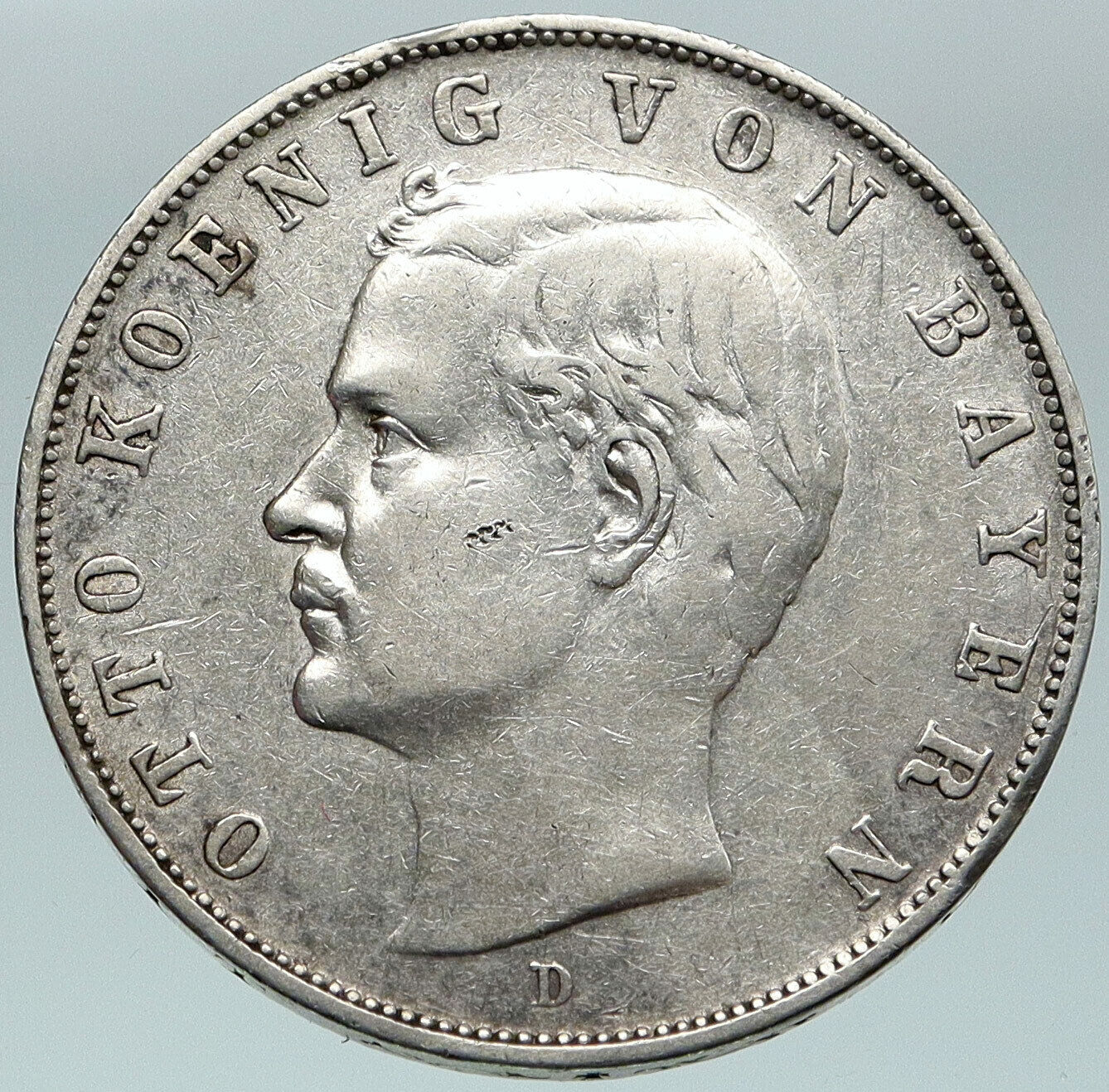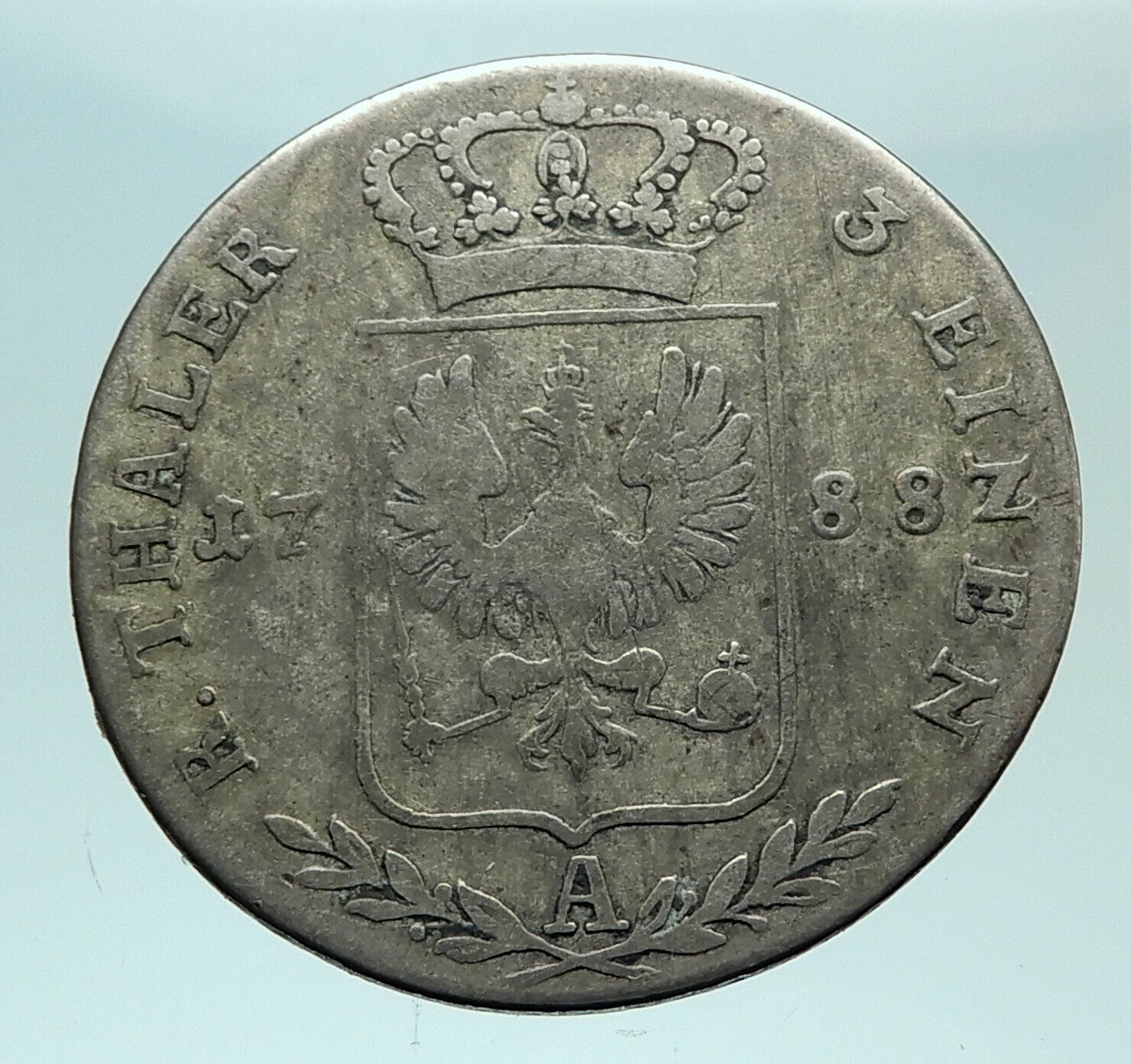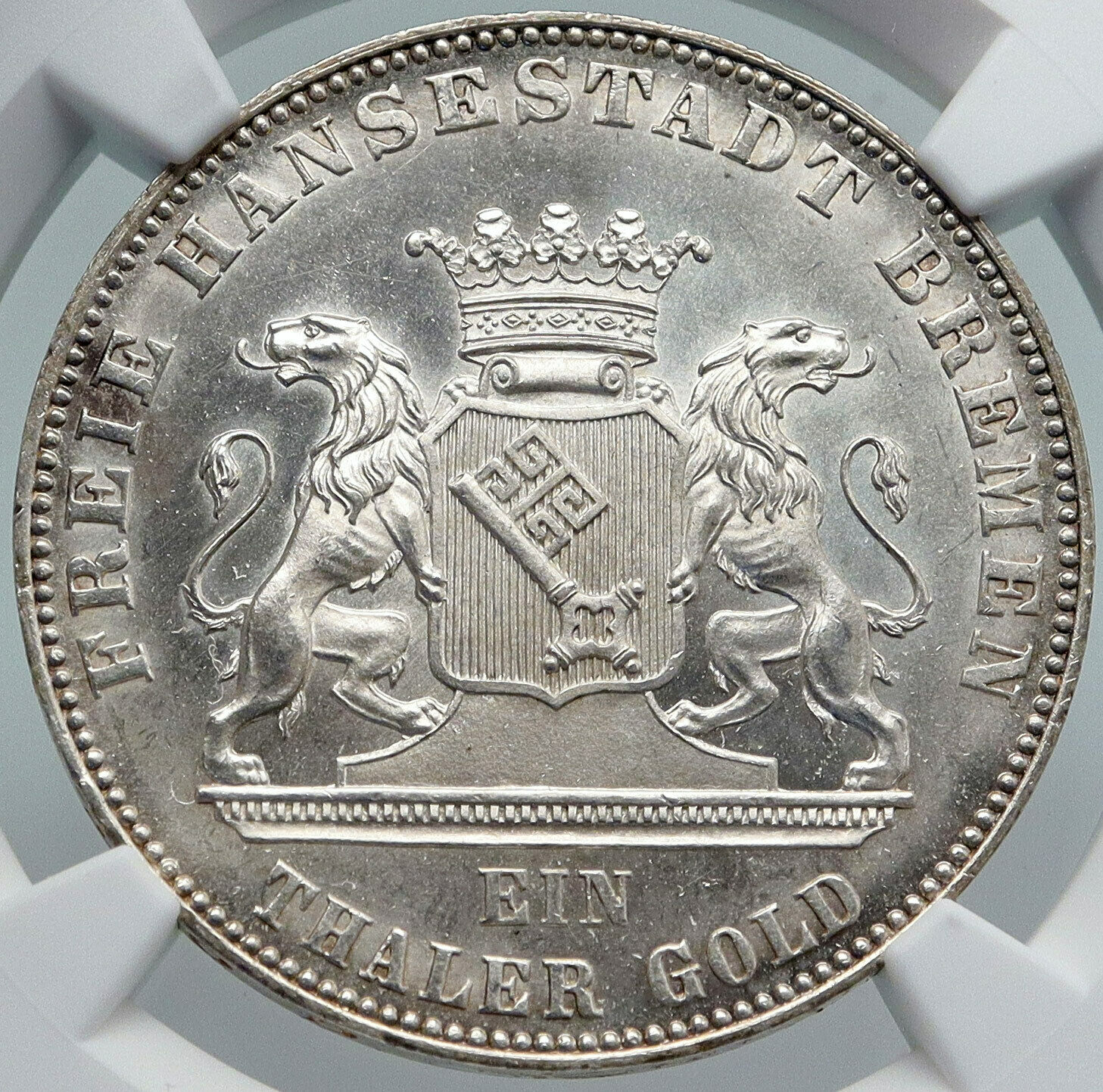|
Germany – German States – Swedish dominion of Pomerania
Adolf Frederick – King of Sweden: 25 March 1751 – 12 February 1771
1759 Silver 4 Gute Grochen 24mm (4.26 grams)
Reference: KM# 397 (1758-59)
AF 175, Crowned monogram.
K.S.P.L.M. 4. GUTEGROS O.H.K., Crowned griffin with sword in left hand.
You are bidding on the exact item pictured, provided with a Certificate of Authenticity and Lifetime Guarantee of Authenticity.
 Adolf Frederick, or Adolph Frederick (Swedish: Adolf Fredrik, German: Adolf Friedrich; 14 May 1710 – 12 February 1771) was King of Sweden from 1751 until his death. He was the son of Christian August of Holstein-Gottorp, Prince of Eutin, and Albertina Frederica of Baden-Durlach. Adolf Frederick, or Adolph Frederick (Swedish: Adolf Fredrik, German: Adolf Friedrich; 14 May 1710 – 12 February 1771) was King of Sweden from 1751 until his death. He was the son of Christian August of Holstein-Gottorp, Prince of Eutin, and Albertina Frederica of Baden-Durlach.
The first king from the House of Holstein-Gottorp, Adolf Frederick was a weak monarch, installed as first in line to the throne following the parliamentary government’s failure to reconquer the Baltic provinces in 1741–43. Aside from a few attempts, supported by pro-absolutist factions among the nobility, to reclaim the absolute monarchy held by previous monarchs, he remained a mere constitutional figurehead until his death.
His reign saw an extended period of internal peace. However, the finances stagnated following failed mercantilist doctrines pursued by the Hat administration. The Hat administration ended during the 1765–66 parliament, where the Cap opposition took over the government and enacted reforms towards greater economic liberalism, as well as a Freedom of Press Act. The Freedom of Press Act is unique for the time for its curtailing of all censorship, retaining punitive measures only for libeling the monarch or the Church of Sweden.
 Swedish Pomerania (Swedish: Svenska Pommern; German: Schwedisch-Pommern) was a Dominion under the Swedish Crown from 1630 to 1815, situated on what is now the Baltic coast of Germany and Poland. Following the Polish War and the Thirty Years’ War, Sweden held extensive control over the lands on the southern Baltic coast, including Pomerania and parts of Livonia and Prussia (dominium maris baltici). Swedish Pomerania (Swedish: Svenska Pommern; German: Schwedisch-Pommern) was a Dominion under the Swedish Crown from 1630 to 1815, situated on what is now the Baltic coast of Germany and Poland. Following the Polish War and the Thirty Years’ War, Sweden held extensive control over the lands on the southern Baltic coast, including Pomerania and parts of Livonia and Prussia (dominium maris baltici).
 Sweden, present in Pomerania with a garrison at Stralsund since 1628, had gained effective control of the Duchy of Pomerania with the Treaty of Stettin in 1630. At the Peace of Westphalia in 1648 and the Treaty of Stettin in 1653, Sweden received Western Pomerania (German Vorpommern), with the islands of Rügen, Usedom, and Wolin, and a strip of Farther Pomerania (Hinterpommern). The peace treaties were negotiated while the Swedish queen Christina was a minor, and the Swedish Empire was governed by members of the high aristocracy. As a consequence, Pomerania was not annexed to Sweden like the French war gains, which would have meant abolition of serfdom, since the Pomeranian peasant laws of 1616 was practised there in its most severe form. Instead, it remained part of the Holy Roman Empire, making the Swedish rulers Reichsfürsten (imperial princes) and leaving the nobility in full charge of the rural areas and its inhabitants. While the Swedish Pomeranian nobles were subjected to reduction when the late 17th century kings regained political power, the provisions of the peace of Westphalia continued to prevent the pursuit of the uniformity policy in Pomerania until the Holy Roman empire was dissolved in 1806. Sweden, present in Pomerania with a garrison at Stralsund since 1628, had gained effective control of the Duchy of Pomerania with the Treaty of Stettin in 1630. At the Peace of Westphalia in 1648 and the Treaty of Stettin in 1653, Sweden received Western Pomerania (German Vorpommern), with the islands of Rügen, Usedom, and Wolin, and a strip of Farther Pomerania (Hinterpommern). The peace treaties were negotiated while the Swedish queen Christina was a minor, and the Swedish Empire was governed by members of the high aristocracy. As a consequence, Pomerania was not annexed to Sweden like the French war gains, which would have meant abolition of serfdom, since the Pomeranian peasant laws of 1616 was practised there in its most severe form. Instead, it remained part of the Holy Roman Empire, making the Swedish rulers Reichsfürsten (imperial princes) and leaving the nobility in full charge of the rural areas and its inhabitants. While the Swedish Pomeranian nobles were subjected to reduction when the late 17th century kings regained political power, the provisions of the peace of Westphalia continued to prevent the pursuit of the uniformity policy in Pomerania until the Holy Roman empire was dissolved in 1806.
In 1679, Sweden lost most of its Pomeranian possessions east of the Oder river in the Treaty of Saint-Germain-en-Laye, and in 1720, Sweden lost its possessions south of the Peene and east of the Peenestrom rivers in the Treaty of Stockholm. These areas were ceded to Brandenburg-Prussia and were integrated into Brandenburgian Pomerania. Also in 1720, Sweden regained the remainder of its dominion in the Treaty of Frederiksborg, which had been lost to Denmark in 1715. In 1814, as a result of the Napoleonic Wars, Swedish Pomerania was ceded to Denmark in exchange for Norway in the Treaty of Kiel, and in 1815, as a result of the Congress of Vienna, transferred to Prussia.
|





 Adolf Frederick, or Adolph Frederick (Swedish: Adolf Fredrik, German: Adolf Friedrich; 14 May 1710 – 12 February 1771) was King of Sweden from 1751 until his death. He was the son of Christian August of Holstein-Gottorp, Prince of Eutin, and Albertina Frederica of Baden-Durlach.
Adolf Frederick, or Adolph Frederick (Swedish: Adolf Fredrik, German: Adolf Friedrich; 14 May 1710 – 12 February 1771) was King of Sweden from 1751 until his death. He was the son of Christian August of Holstein-Gottorp, Prince of Eutin, and Albertina Frederica of Baden-Durlach.  Swedish Pomerania (Swedish: Svenska Pommern; German: Schwedisch-Pommern) was a Dominion under the Swedish Crown from 1630 to 1815, situated on what is now the Baltic coast of Germany and Poland. Following the Polish War and the Thirty Years’ War, Sweden held extensive control over the lands on the southern Baltic coast, including Pomerania and parts of Livonia and Prussia (dominium maris baltici).
Swedish Pomerania (Swedish: Svenska Pommern; German: Schwedisch-Pommern) was a Dominion under the Swedish Crown from 1630 to 1815, situated on what is now the Baltic coast of Germany and Poland. Following the Polish War and the Thirty Years’ War, Sweden held extensive control over the lands on the southern Baltic coast, including Pomerania and parts of Livonia and Prussia (dominium maris baltici).




